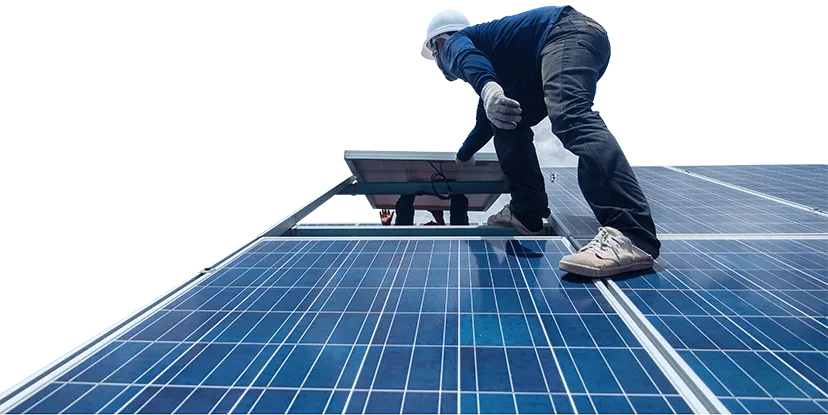Battery Storage Solutions
A battery storage solution in renewable energy refers to the use of battery systems to store excess electricity generated from renewable sources, such as solar, wind, or hydroelectric power. These systems allow energy to be captured when it’s abundant (e.g., during the day when solar power generation is high or when wind energy is plentiful) and stored for later use, especially when generation is low or demand is high.
Here’s a breakdown of how battery storage solutions work in the context of renewable energy:
- Energy Storage Mechanism
Storage Process: Battery storage systems store electricity in chemical form. During periods of high renewable energy generation (e.g., sunny or windy days), the excess energy is stored in batteries. When energy demand exceeds generation (e.g., at night or on calm days), the stored energy is discharged and supplied to the grid or used by consumers.
Types of Batteries: Common types of batteries used for renewable energy storage include:
Lithium-ion batteries (most common in residential and commercial applications due to their high energy density and efficiency).
Flow batteries (used for larger-scale storage with a longer life cycle).
Lead-acid batteries (less common today but still used in some applications due to cost considerations).
Solid-state batteries (a newer technology with potential for better performance and safety).
- Applications in Renewable Energy
Grid Stability and Storage: Battery storage helps stabilize the grid by balancing intermittent renewable energy production. When renewable sources like solar or wind are generating excess power, batteries absorb that energy and release it when there is a shortfall.
Peak Shaving: Battery storage allows consumers (residential, commercial, or industrial) to store energy during off-peak hours when electricity prices are lower and use it during peak hours when prices are higher.
Energy Independence: For off-grid or remote communities, battery storage paired with renewable generation (like solar) allows for a reliable energy supply without reliance on traditional power grids.
Backup Power: In areas prone to power outages or interruptions, battery storage systems can provide backup power, ensuring a continuous energy supply even when the grid is down.
- Key Benefits of Battery Storage in Renewable Energy
Optimized Energy Use: Batteries allow for better utilization of renewable energy. They store excess energy that would otherwise be wasted and make it available for later use.
Reduced Carbon Emissions: By storing renewable energy, battery systems reduce reliance on fossil fuels and lower greenhouse gas emissions.
Grid Support: Battery storage helps to stabilize the grid by providing a buffer for fluctuations in renewable energy supply, thus reducing the need for fossil fuel-based peaking power plants.
Cost Savings: Consumers can reduce electricity bills by using stored energy during peak pricing periods, and businesses can optimize operations to avoid expensive grid electricity during high-demand hours.
Flexibility and Scalability: Battery systems can be scaled to meet the needs of a variety of applications, from small residential setups to large utility-scale projects.
- Challenges and Considerations
Cost: While battery prices have dropped significantly in recent years, large-scale storage systems or residential setups can still be expensive.
Battery Lifespan: The performance of batteries can degrade over time. Most lithium-ion batteries last between 10 to 20 years, but their capacity decreases with each charge and discharge cycle.
Environmental Impact: While batteries help store renewable energy, the production and disposal of batteries can have environmental impacts. Proper recycling and sustainable manufacturing processes are important for minimizing these impacts.
Technological Development: Ongoing research is focused on improving battery efficiency, capacity, cost, and longevity, which will further enhance their role in renewable energy systems.
- Examples of Battery Storage in Use
Residential Solar Storage: Homeowners with solar panels can install a battery storage system (e.g., Tesla Powerwall) to store excess solar energy during the day and use it at night.
behalf of our clients every day, we anticipate what they want, ineed and build lasting relationships.



